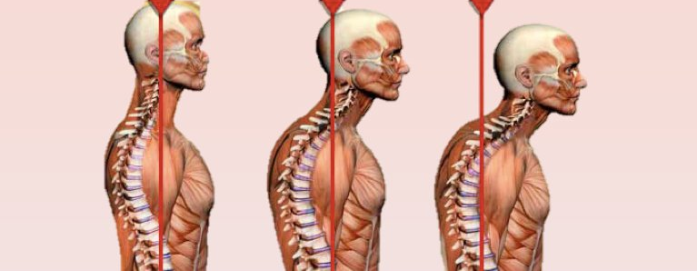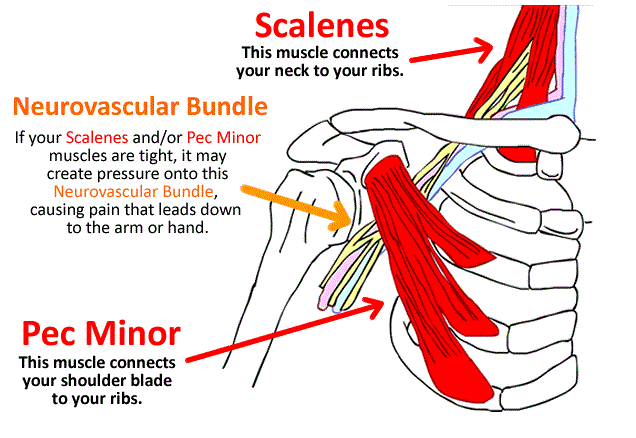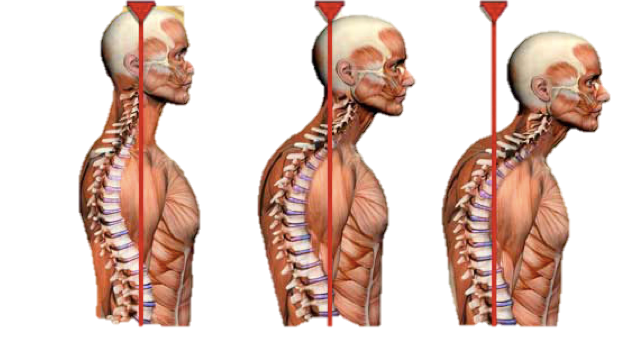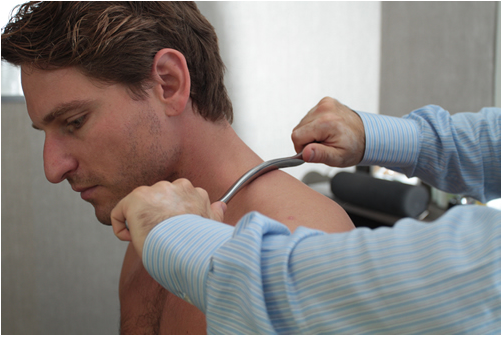
Are you experiencing numbness or tingling in both hands when you are raising your arms over your head, washing/drying your hair, during prolonged cleaning or overhead activities? You may be experiencing the symptoms of condition called thoracic outlet syndrome. Now you might be asking what that is exactly since it is not a common condition like tennis elbow or carpal tunnel syndrome. This blog aims at shedding light on this often overlooked condition.
What is Thoracic Outlet Syndrome?
Thoracic outlet syndrome or TOS is a process that usually involves the compression or pinching of a bundle of nerves and blood vessels located at the base of the neck and in the shoulder. Compression often happens because of a congenital or acquired change in the bones or soft tissues around this area. Sites of potential compression can happen at the following locations:
-Under or through the scalene triangle
-Between the collar bone (clavicle) and the first rib
-The small pectoral (pectoralis minor) muscle if these muscles are too tight

Possible causes of Thoracic Outlet Syndrome
In 1% of the population and 10% of cases of TOS, there is the presence of an extra rib above the others that compresses this bundle. Poor posture such as having head and shoulders forward can also be a contributing factor. TOS can also appear as a result of a shoulder injury (ex: motor vehicle accident) or repetitive overhead activity. The symptoms can be quite vast and it can sometimes be hard to diagnose.

Overhead activities can be a possible contributing factor of Thoracic Outlet Syndrome
Common Symptoms
Symptoms include:
-Paresthesia (pins and needles or numbness in the fingers and/or hands)
-Feeling of weakness and heaviness in arm
-Cramp-like pain in arm and hand
-Changes in the colour of the hand
-Hands feel cold
-Dull ache or pain in the neck, shoulder or armpit
-Wasting of the muscles in the hand at the base of the thumb (in chronic cases)
Symptoms can vary in terms of how often they occur, length of duration and the amount of compression present.
Treatment options
Now what can you do about it? First of all, the easiest thing that we can work on is maintaining good posture. Keep your head back and shoulders rolled slightly backward and downward. Instantly you will feel like you are standing more upright. This on its own can improve your symptoms greatly.

Having the head sitting more forward could lead to muscles tightening up.
Physiotherapy is also often recommended to help with TOS. This can help with:
-Strengthening muscles of the shoulders
-Correcting your posture
-Obtaining better range of motion in your shoulder
-Releasing tight muscles that could be compressing the nerves
-Answering any questions or concerns you may have about TOS
A physiotherapist can treat this condition by releasing the surrounding soft tissue (manually, with an instrument or a needle), mobilizing adjacent joints, giving you stretches for muscles and nerves as well as education on the condition, posture and how to adapt your daily activities to avoid symptoms.

Graston Technique applied to shortened muscles.
In some cases, it might be a good idea to ask your doctor about a nerve conduction study in order to see if any of the nervous pathways are affected by TOS.
Surgery can also be an option if the problem is longstanding and not responding to any treatment. A conservative treatment is always recommended before any type of drastic measure such as surgery.
Are you worried about your posture? Just another reason to be aware of your positioning, especially for extended periods of time.

If you are NOT a Healthcare Professional but have a question? Click here >
Free Shipping
On orders over $250
Learn More>
Get Expert Advice
For Healthcare Professionals only
1-800-561-0310
Contact us >
Technical Support
Does your equipment need
maintenance or calibration?
Contact us >
Finance Your Success
Leasing equipment is simple?
Learn more >
Customer Service Hours: Monday to Friday from 8:00 AM to 5:00 PM EST
Fax: 1-800-561-0349
Mailing Address: 170 Bombardier, Unit 1, Gatineau, QC J8R 0G5